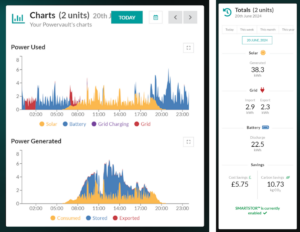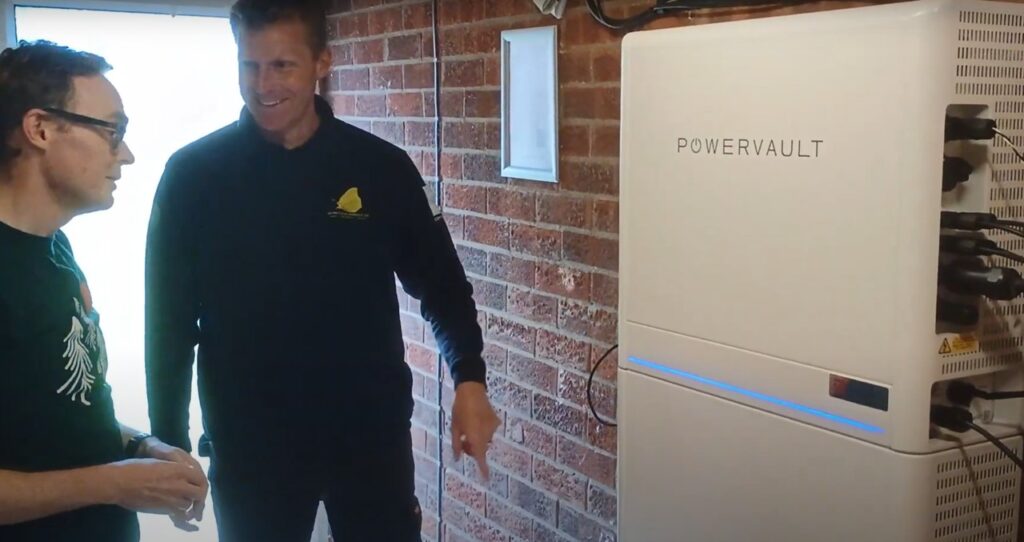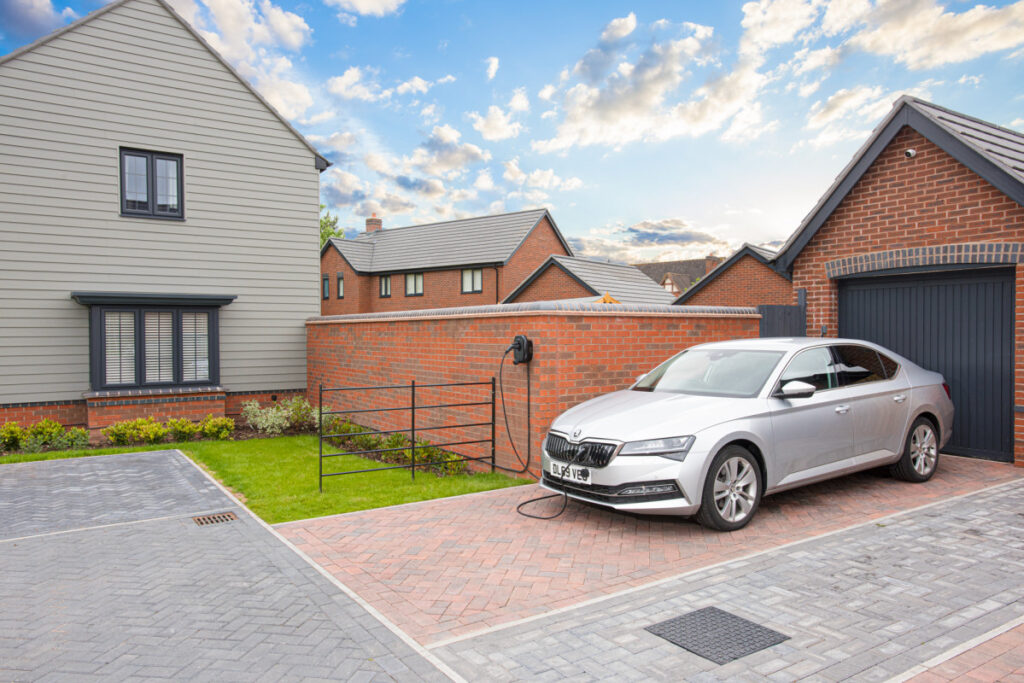
Case StudyCase Study: How Mark Doubled His Electricity Usage and Cut His Energy Bill by 60%
AIMING FOR SUSTAINABILITY
Mark’s quest for a greener lifestyle started with a clear goal: to minimize his family’s environmental impact. The family’s historic home, with its oil-fuelled central heating system, drafty old sash windows and 1960s Aga posed a unique challenge. Initially, their annual energy expenditure was substantial—£3,000 on electricity and another £5,000 on oil.
To address this, they implemented several key changes:
- Solar Power Installation: They added 7kW solar photovoltaic (PV) panels and 2.4kW solar thermal panels to harness renewable energy from the sun.
- Energy Storage: Two 8kWh Powervault units were installed to store any excess solar PV energy during the day for use in the evening and to work with a variable electricity tariff.
- Tariff Switch: They moved to the Octopus Agile tariff, which offers prices that vary every half hour based on the half hourly wholesale price of electricity each day.
- Home Insulation Improvement: The family upgraded their Georgian sash windows with Mitchell & Dickinson CosyGlazing to reduce heat loss.
- Electrifying the Aga: They converted their Aga to electric with Blake & Bull, eliminating their reliance on oil.
THE RESULTS: A REMARKABLE TRANSFORMATION
The impact of these changes was striking. Despite increasing their annual electricity consumption from 6,000kWh to 13,000kWh—a 117% rise—the family managed to cut their overall energy bill by 60%.
Here’s a breakdown of their new energy dynamics:
- Electricity Consumption: Their annual electricity use now includes 5,500kWh from solar and storage, with the remaining 7,500kWh drawn from the grid.
- Grid Efficiency: With Powervault’s SMARTSTOR energy management software, they strategically purchase electricity at the lowest prices and maximise their solar usage. On sunny days, they often achieve more than one storage cycle with their Powervaults, optimizing energy use throughout the day.
As an example, on a particularly sunny June day, the family consumed a total of 38kWh. Despite this high consumption, they imported only 5kWh from the grid, with the majority of their energy coming from their Powervaults. Remarkably, although their battery capacity is 16kWh, the Powervaults managed to deliver 22.5kWh through efficient storage and usage.

On windy nights, they even experience negative import prices with their Octopus Agile tariff, effectively getting paid to buy electricity from the grid, which they then store in the Powervaults for later use, all done automatically thanks to Powervault’s SMARTSTOR software.
THE FINANCIAL IMPACT
Before these changes, Mark and his family were spending £3,000 annually on electricity and £5,000 on oil. Post-implementation, their electricity bill dropped to £1,200 per year, and oil costs decreased to £2,000 annually. This reduction amounts to a total saving of 60%, highlighting the financial benefits of their sustainable upgrades.
CONCLUSION
Mark’s experience is a testament to how strategic upgrades and smart energy management can lead to substantial financial and environmental benefits. By increasing their electricity consumption while enhancing their energy efficiency and storage capabilities, they not only reduced their carbon footprint but also saw impressive savings on their energy bills. If you’re considering similar changes, Mark’s journey illustrates that with the right approach, both financial and environmental goals can be achieved.
Read more...Recent Case studies
Energy insight in your inbox
Subscribe to Powervault’s email newsletter and be the first to hear about new products, plus get all the latest news, analysis and insight from Powervault.


